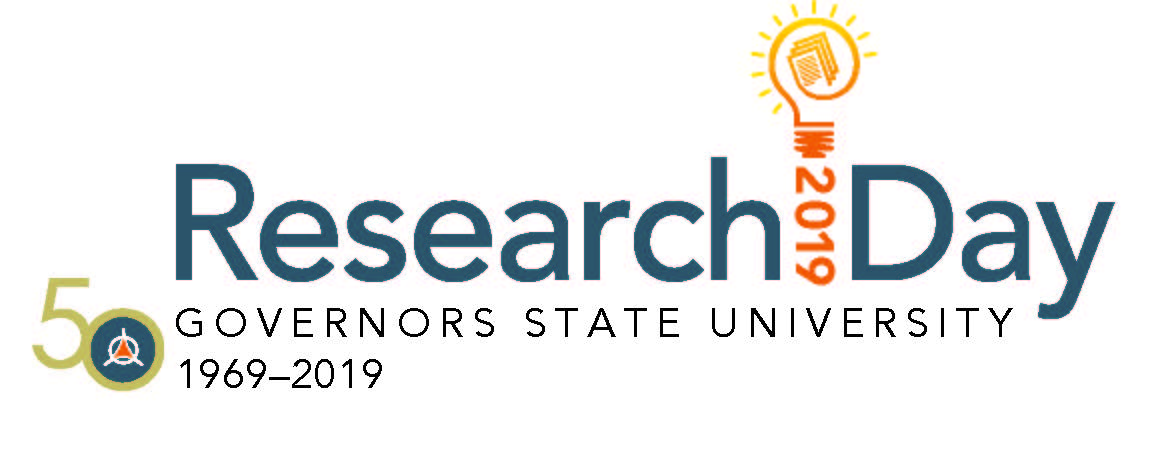
Defining Elements Of A Therapeutic Alliance For Adults With Brain Injuries During Post-Acute Rehabilitation: A Systematic Review
Type of Presentation
Poster Session
Start Date
4-12-2019 4:00 PM
End Date
4-12-2019 6:00 PM
Abstract
Background: Brain injuries (BI) are reported as the leading cause of death and disability in children and adults. More than 3.3 million diagnoses of brain injury occur per year with an annual cost to society in excess of $100 billion. Therapeutic alliance (TA) is a term commonly cited in psychotherapy as the collaboration between the client and therapist. Current literature reinforces the concept of a positive TA correlating with adherence to treatment outcomes in both general medicine and psychotherapy settings; however, there is limited support to describe how the TA and patients’ compliance or awareness develop and interact during the process of post-acute brain injury rehabilitation (PABIR).
Objective: To identify and evaluate studies within the body of literature utilizing the Cochrane guidelines to determine elements and/or factors associated with a TA for adults with brain injuries during post-acute rehabilitation.
Search methods: Databases, including Cochrane Library, PubMed, CINAHL Complete, PEDro, and PsycINFO from January 2006-October 2018, reference list of articles, and distinct papers were searched and yielded a total of 767 titles.
Selection criteria: Various types of study designs of adult patients with BI participating in PABIR programs inclusive of PT services with at least one measure of TA and treatment outcome. Two authors independently reviewed and screened all full-text, eligible studies.
Data collection: Two author independently extracted relevant data from each included study into tables. Risk of bias was assessed using ROBINS-I (Risk of Bias in Non-randomized Studies of Interventions) tool.
Main results: Six studies involving approximately 1,435 participants were included. The results indicated a strong TA is associated with the (1) role of caregiver and/or family perceptions and functioning and (2) client-therapist interactions aided by communication strategies. Strategies reported to contribute to a positive TA included early engagement, meeting cultural needs, keeping families together, actively listening, active involvement, education, skills training, and support for community re-integration.
Authors’ conclusions: From this review, a TA between individuals participating in PABIR and PTs have both supporting and hindering factors associated with treatment outcomes after a BI. The use of strategies to aid caregiver or family engagement can be a key element in the success of a PABIR program. Further research needed to identify appropriate clinometric properties of outcome measures assessing a TA in adults with brain injuries during post-acute rehabilitation.
Faculty / Staff Sponsor
Dr. Rebecca Wojcik
Defining Elements Of A Therapeutic Alliance For Adults With Brain Injuries During Post-Acute Rehabilitation: A Systematic Review
Background: Brain injuries (BI) are reported as the leading cause of death and disability in children and adults. More than 3.3 million diagnoses of brain injury occur per year with an annual cost to society in excess of $100 billion. Therapeutic alliance (TA) is a term commonly cited in psychotherapy as the collaboration between the client and therapist. Current literature reinforces the concept of a positive TA correlating with adherence to treatment outcomes in both general medicine and psychotherapy settings; however, there is limited support to describe how the TA and patients’ compliance or awareness develop and interact during the process of post-acute brain injury rehabilitation (PABIR).
Objective: To identify and evaluate studies within the body of literature utilizing the Cochrane guidelines to determine elements and/or factors associated with a TA for adults with brain injuries during post-acute rehabilitation.
Search methods: Databases, including Cochrane Library, PubMed, CINAHL Complete, PEDro, and PsycINFO from January 2006-October 2018, reference list of articles, and distinct papers were searched and yielded a total of 767 titles.
Selection criteria: Various types of study designs of adult patients with BI participating in PABIR programs inclusive of PT services with at least one measure of TA and treatment outcome. Two authors independently reviewed and screened all full-text, eligible studies.
Data collection: Two author independently extracted relevant data from each included study into tables. Risk of bias was assessed using ROBINS-I (Risk of Bias in Non-randomized Studies of Interventions) tool.
Main results: Six studies involving approximately 1,435 participants were included. The results indicated a strong TA is associated with the (1) role of caregiver and/or family perceptions and functioning and (2) client-therapist interactions aided by communication strategies. Strategies reported to contribute to a positive TA included early engagement, meeting cultural needs, keeping families together, actively listening, active involvement, education, skills training, and support for community re-integration.
Authors’ conclusions: From this review, a TA between individuals participating in PABIR and PTs have both supporting and hindering factors associated with treatment outcomes after a BI. The use of strategies to aid caregiver or family engagement can be a key element in the success of a PABIR program. Further research needed to identify appropriate clinometric properties of outcome measures assessing a TA in adults with brain injuries during post-acute rehabilitation.
